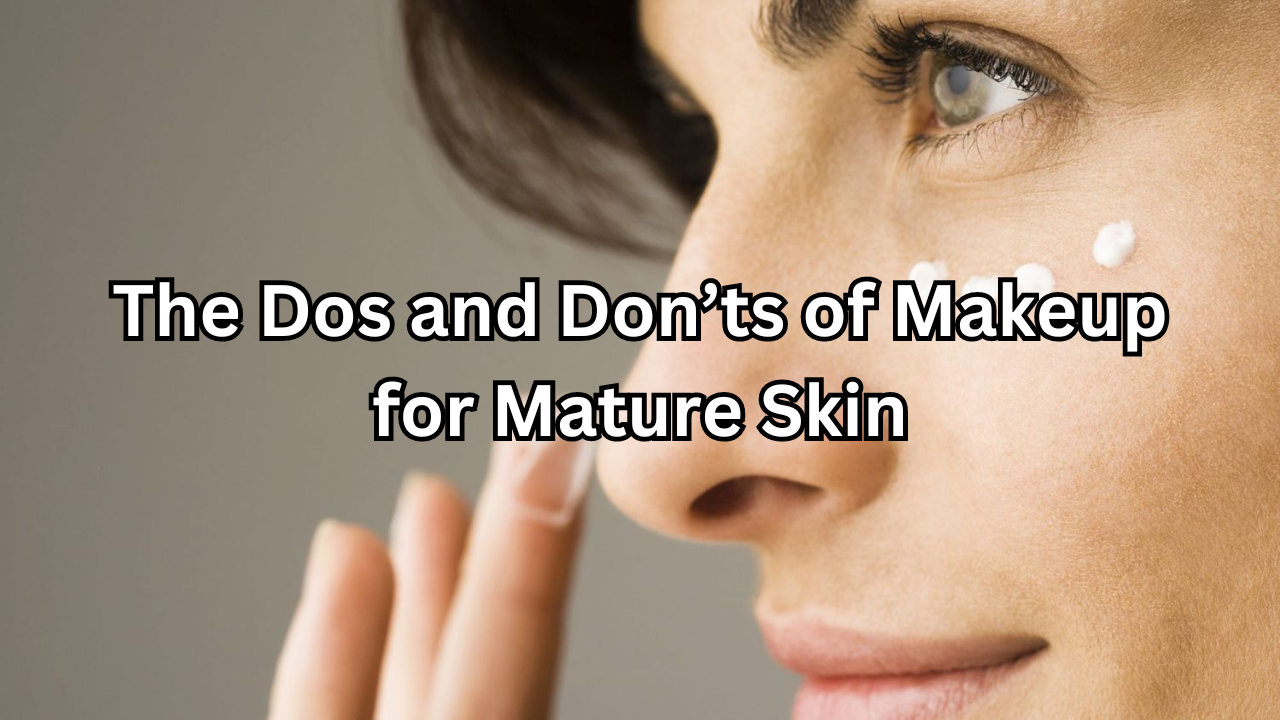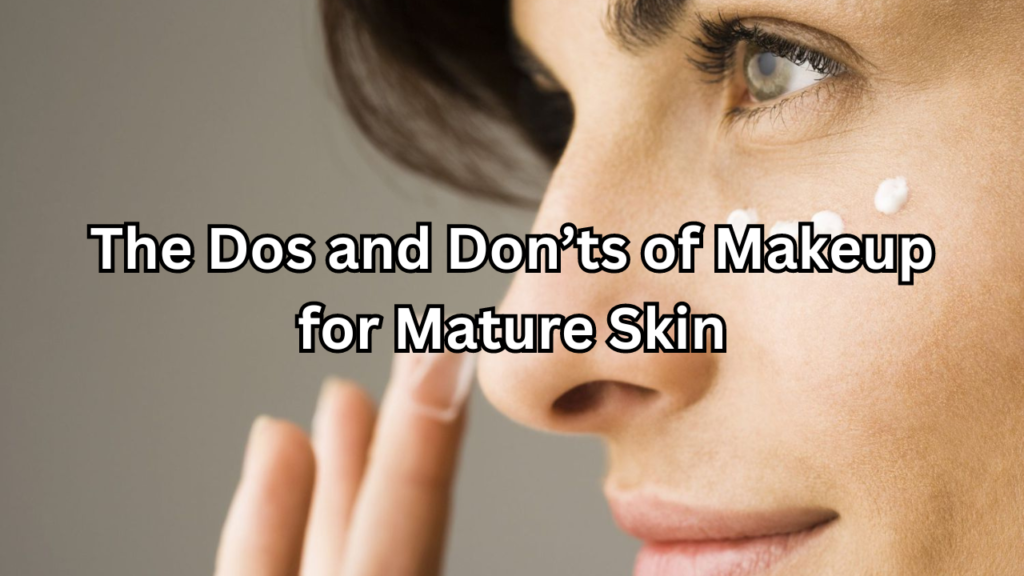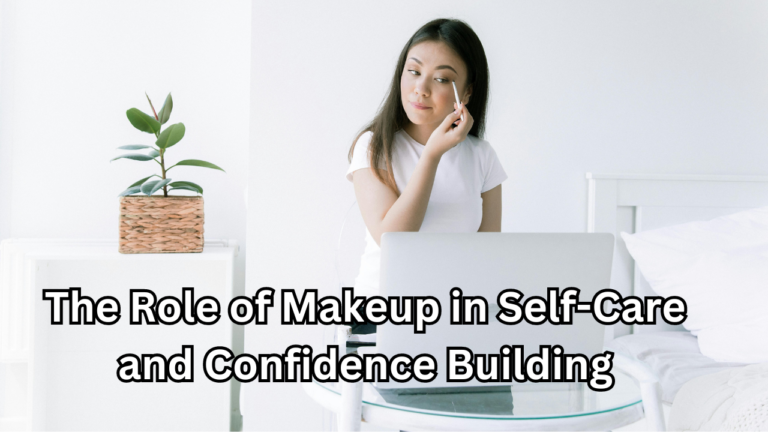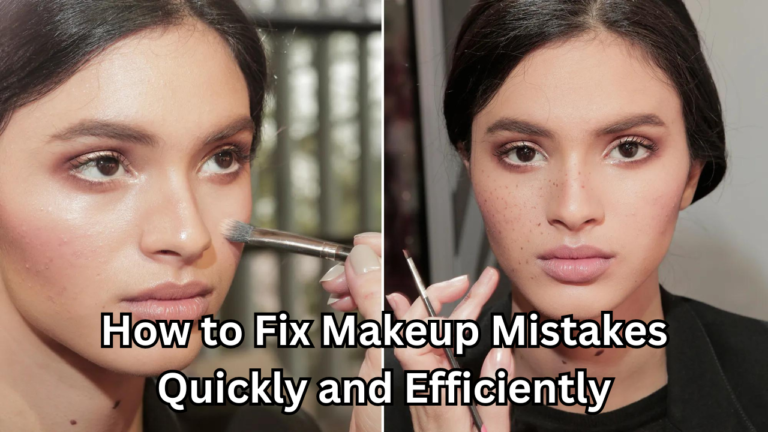

As we age, our skin naturally undergoes changes that can affect how makeup sits, blends, and enhances our features. Mature skin tends to have different needs compared to younger skin, requiring careful consideration when choosing and applying makeup. The right techniques can help highlight your beauty while minimizing the appearance of fine lines, wrinkles, and dryness. This article will guide you through the essential dos and don’ts of makeup for mature skin, ensuring a flawless and radiant look at any age.
The Dos of Makeup for Mature Skin
Do Prioritize Skincare First
One of the most important factors in achieving great fashion makeup for mature skin is to start with a solid skincare routine. Hydrated, plump skin allows makeup to glide on more smoothly, reducing the risk of caking or settling into fine lines. Use a good moisturizer and hydrating primer before applying makeup. Look for products with ingredients like hyaluronic acid and glycerin, which help retain moisture.
For mature skin, exfoliation is also crucial. Regular exfoliation sloughs away dead skin cells, leaving your complexion smoother and more receptive to makeup application. However, be gentle—over-exfoliation can lead to irritation or emphasize texture. Aim for once or twice a week with a mild exfoliant.
Do Use a Lightweight, Hydrating Foundation
When it comes to foundation, less is more. A lightweight, hydrating foundation is ideal for mature skin because it evens out your skin tone without settling into fine lines and wrinkles. Heavy, matte foundations can accentuate dryness and texture, making the skin appear older. Opt for formulas that are dewy or satin-finish to create a radiant and youthful glow.
Consider applying foundation with a damp sponge for a more natural, skin-like finish. This method helps blend the product seamlessly into the skin and prevents the appearance of a thick, cakey layer. If you prefer more coverage, build it gradually in thin layers, focusing only on areas that need it.
Do Use a Cream Blush
Powder blushes can sometimes sit heavily on mature skin, highlighting texture and fine lines. Cream blushes, on the other hand, blend seamlessly and give the skin a more youthful, dewy flush. They also provide a more natural finish and won’t emphasize dryness.
Choose soft, rosy shades or peachy tones that add a gentle glow to the cheeks. Apply the blush to the apples of your cheeks and blend upward for a lifted appearance. Cream blushes can also be applied with fingertips, giving you better control over the placement and blending.
Do Opt for Creamy Eyeshadows
Just like cream blushes, creamy eyeshadows are more forgiving on mature skin. Powder eyeshadows can settle into fine lines, making the eyelids look crepey. Creamy formulas glide on smoothly and give a fresh, more youthful appearance.
When choosing eyeshadow shades, stick to neutral tones and soft colors. Dark, bold shades can make the eyes look smaller or more sunken, while softer tones like taupe, mauve, and peach can brighten the eyes and create a more awake look.
Do Define Your Eyes with Soft Liners
Eyeliner is a great tool to define the eyes, but harsh, thick lines can look unflattering on mature skin. Opt for softer, smudged lines instead of sharp, crisp lines. A pencil or gel liner applied close to the lash line helps create subtle definition without appearing too harsh.
Brown or gray eyeliner is often more flattering than black, as it creates a softer and more natural look. Tightlining (applying eyeliner to the upper waterline) can also make the lashes appear fuller without the need for a thick line.
The Don’ts of Makeup for Mature Skin
Don’t Skip Primer
Mature women skin can be prone to dryness and texture, which may cause makeup to settle into fine lines or appear uneven. Primer helps smooth out the skin’s surface and provides a barrier between the skin and makeup, allowing for better longevity and smoother application.
Choose a hydrating primer that fills in fine lines and blurs imperfections without drying out the skin. Avoid mattifying primers that can exacerbate dryness or highlight texture. A primer with added benefits like antioxidants or SPF can also protect your skin while keeping your makeup looking fresh all day.
Don’t Overdo the Powder
Powder can be useful for setting makeup, but on mature skin, it should be used sparingly. Heavy powder application can settle into wrinkles and make the skin look dry or cakey. Instead, use a translucent, finely milled powder to set only the areas where you tend to get shiny, such as the T-zone.
If you need to touch up throughout the day, use a blotting paper instead of adding more powder to avoid building up product on the skin. Always ensure your powder is lightweight and, if possible, contains hydrating ingredients to keep the skin looking fresh.
Don’t Neglect Your Brows
As we age, eyebrows can become sparse and lose their natural definition. Filling in your brows is essential for framing the face and creating a more youthful appearance. However, avoid overly bold or harsh lines, as they can look unnatural and severe.
Use a brow pencil or powder to softly fill in any gaps, focusing on creating a natural, feathery effect. Stick to shades that match your natural brow color or are one shade lighter for a softer look. A brow gel can also help keep the hairs in place and add subtle definition without appearing too heavy.
Don’t Use Heavy Concealers
While it might be tempting to cover up dark circles and imperfections with a heavy concealer, thick formulas can accentuate wrinkles and make the under-eye area appear more creased. Opt for a lightweight, hydrating concealer that provides coverage without settling into fine lines.
When applying concealer, use a light hand and only place it where needed—typically in the inner corner of the eyes and along the darkest areas. Blend it out gently with a brush or your fingers for a more natural finish.
Don’t Forget About Lip Definition
As we age, lips can lose definition, and lipstick may bleed into fine lines around the mouth. To prevent this, use a lip liner to define the shape of your lips before applying lipstick. Choose a shade that matches your natural lip color or your lipstick to keep the look soft and natural.
Opt for creamy, hydrating lipsticks or tinted balms, as matte formulas can dry out the lips and emphasize lines. A gloss or satin finish can give the illusion of fuller, plumper lips. Avoid dark, heavy shades, as they can make the lips appear smaller.
Final Thoughts
Makeup for mature skin is all about embracing your natural beauty while enhancing your features in a subtle, flattering way. By focusing on hydration, using the right textures, and softening harsh lines, you can create a radiant and youthful appearance. Remember that less is often more when it comes to mature skin—aim for lightweight, luminous products that highlight your best features without exaggerating imperfections. With the right techniques, you can feel confident and look your best at any age.






